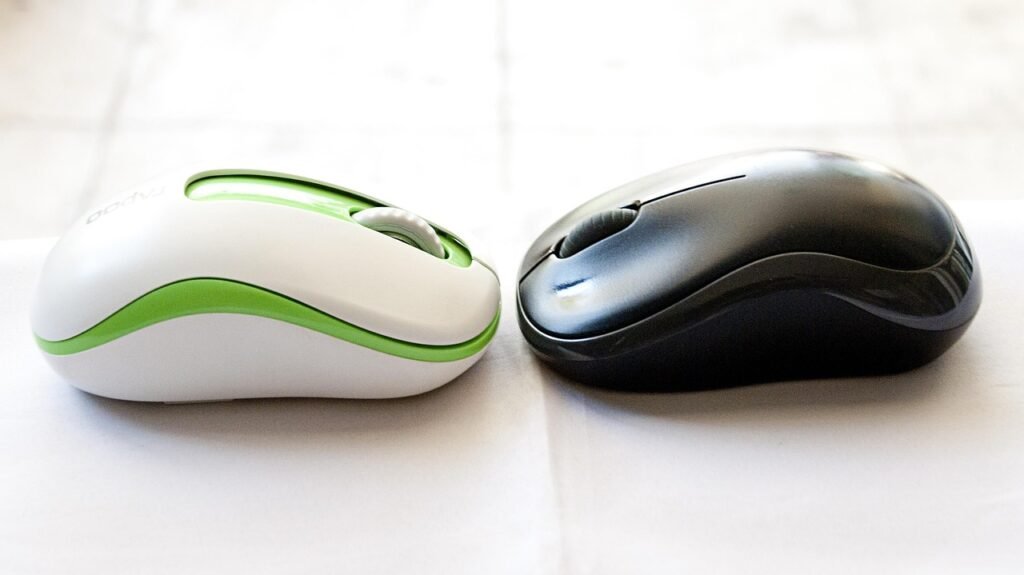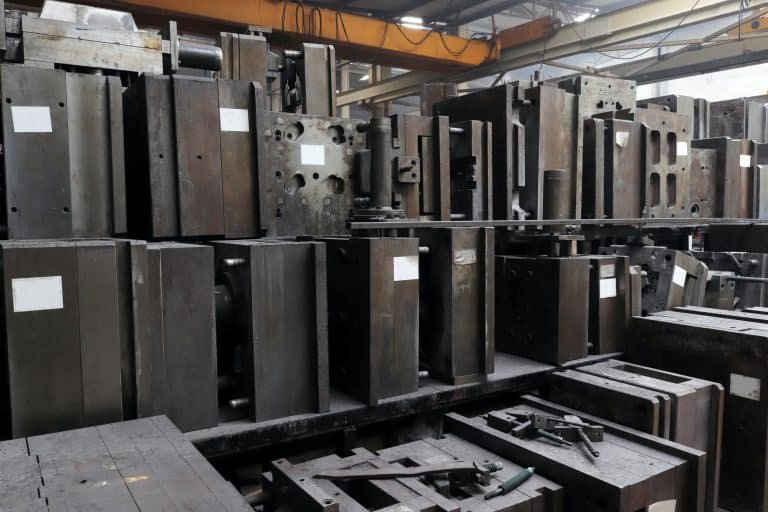Perhaps the most common plastic forming technique, plastic injection molding, has become one of the most valuable, vital parts of modern manufacturing, shaping countless consumer products, industrial parts and everyday items in the digital landscape. It makes the plastic injection products widely popular, but the multi-using ability of this manufacturing process does come with a cost. The answer to this question reveals a complex web of interconnecting factors that contribute to overall cost, from material selection and design intricacy to production volume.
1. Material Selection and Composition:
Material Selection — Material is the primary factor that affects the cost of plastic injection products. There are thousands of varieties of plastics, with unique characteristics, durability and costs. For example, there are commodity grade plastics such as polyethylene and polypropylene, to engineering grade plastics, including ABS (Acrylonitrile Butadiene Styrene) and PC (Polycarbonate), and the selection greatly affects cost of the final product. Which materials you choose depends heavily on how readily available they are, how much demand there is for the end product, how the end product is going to be used, among many other considerations.
Moreover, choice of plastic material composition can impact costs as well. Additives, reinforcements, and colorants are added to enhance the final product, but they also increase the cost of production. To optimize the economics of the plastic injection product, it is important to balance the properties required and the cost.
2. Tooling and Mold Design:
The other big expense related to plastic injection products is the development of molds and tooling. The rod shape appears very advanced and needs engineering and craftsmanship. The complexity, size, and number of cavities of the mold directly influence the upfront investment. While you may pay a little more up front for a higher quality mold, they typically provide more consistency in your product with fewer defects and longer operating life, all of which contributes to the overall economic efficiency of the process.
3. Design Complexity and Prototyping:
The design of the plastic injection product itself plays a pivotal role in determining costs. Complex geometries, intricate details, and intricate features increase manufacturing complexity and may require more advanced molds and precision equipment. Prototyping, an essential step in product development, adds an additional layer of cost. It allows for testing and refining designs before full-scale production but can contribute to overall expenses. Striking a balance between design innovation and cost-effectiveness becomes crucial for successful plastic injection product development.
4. Production Volume and Economies of Scale:
The volume of production is a fundamental driver of costs in plastic injection molding. While initial setup costs, including mold creation, can be substantial, these costs are distributed across a larger number of units as production volume increases. This phenomenon, known as economies of scale, allows for a reduction in the cost per unit as production quantities rise. Manufacturers often need to strategically analyze their production volumes to optimize costs and achieve a balance between economies of scale and market demand.
5. Quality Control and Inspection:
The accuracy in producing the best injection-molded plastic products is the primary reason why most people choose them. Each of these adds to the total cost, but they are necessary to comply with industry standards and customer expectations. Quality control includes inspection of end products as well as the monitoring of production processes to detect and correct potential defects early. In the short term, this may seem burdensome and expensive; however, investing heavily in strong quality control systems will pay off in the long term through minimized costs in product recalls, warranty claims, and damaged brand image.
In conclusion, knowing the costs of plastic injection products requires navigating the intricate factors of material choices, tooling and mold design, design complexity, production volumes, and quality control. Strategically navigating and balancing these aspects is essential, tailored to the unique requirements of the final product and market specifications. We will discuss each point in detail in the following sections, analyzing every aspect with introspection and bringing you everything you need to know to save costs without affecting your product quality and innovation.









